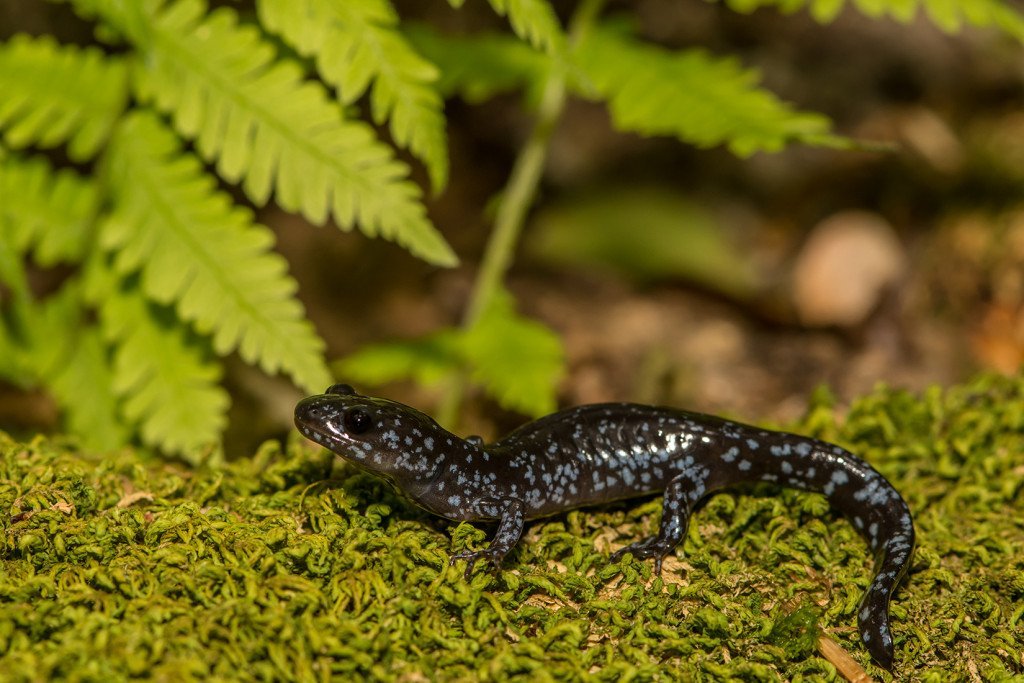As Earth Rangers we probably don’t need to tell you twice that trees are really important for a ton of reasons! They provide food for the animals we love, create shade to cool us down, and the forestry industry creates lots of awesome jobs (who wouldn’t want to be a Junior Forester?!) But perhaps one of the most important features of forests is their ability to provide habitat for not only animals but also plants, fungi, and all sorts of other cool living things!

Take Ontario’s Niagara Escarpment Biosphere Reserve, for example. It’s part of the Ontario Greenbelt, a 2 million acre stretch of protected land that surrounds the Golden Horseshoe area (home to cities like Hamilton, Toronto, Peterborough, and Burlington, as well as Peel, Durham, York, and Niagara Region). It was designated in 2005 to help prevent habitat loss and preserve the important greenspaces, including forests, around an area growing really quickly. The greenbelt’s forests are home to hundreds of different plants and animals, plus a ton of creepy crawlers and other organisms that all work together to keep these important ecosystems thriving.
Have you ever heard of a bryophyte? These are plants like mosses, liverworts, and hornworts (you probably haven’t heard of these either!) that are different than other plants because they don’t have true roots, leaves, or stems. This means they absorb water and nutrients straight from the environment and then pass these nutrients along from cell to cell. Not only are they super unique, they’re also super important since they’re usually one of the first species in an ecosystem to indicate something isn’t quite right. In Ontario’s temperate forests, mosses and liverworts make their homes on the sides of trees like the balsam fir and sugar maple, where they get plenty of moisture that keeps them healthy. Healthy bryophytes then provide a safe space for different bugs to lay their eggs, which then hatch to provide food for birds and other creatures that feast on a delicious bug buffet. Although they might seem like a small piece of the forest puzzle, it’s easy to see that bryophytes are an important link in the food chain of this amazing ecosystem!

Bryophytes are just one example of the organisms that help this forest function, and we’re lucky enough to be able to see them in action—but did you know there’s a whole underground world that’s just as important in this forest? It can be hard for trees to absorb nutrients from the soil, and unlike humans they can’t just pick up and find a new spot when resources are scarce, so some of them will buddy up with below-ground fungi to help them do just that! The fungi can absorb soil nutrients and water, which they’ll give to the tree through its roots, and in exchange the tree will send some of the sugars it makes through photosynthesis down below to feed its friendly fungus. These fungi can spread much further underground than the roots of a tree (in fact, the biggest fungi in the world was recently discovered in Oregon and is estimated to stretch far enough to cover over 1,500 football fields!), helping bring far away nutrients to their tree partners to keep them healthy.
We hope you enjoyed learning about some of the lesser-known organisms that rely on trees to survive and thrive! And now we challenge you to make a world of difference by accepting the Just 1 Tree Mission today!



#supercool
So cool!